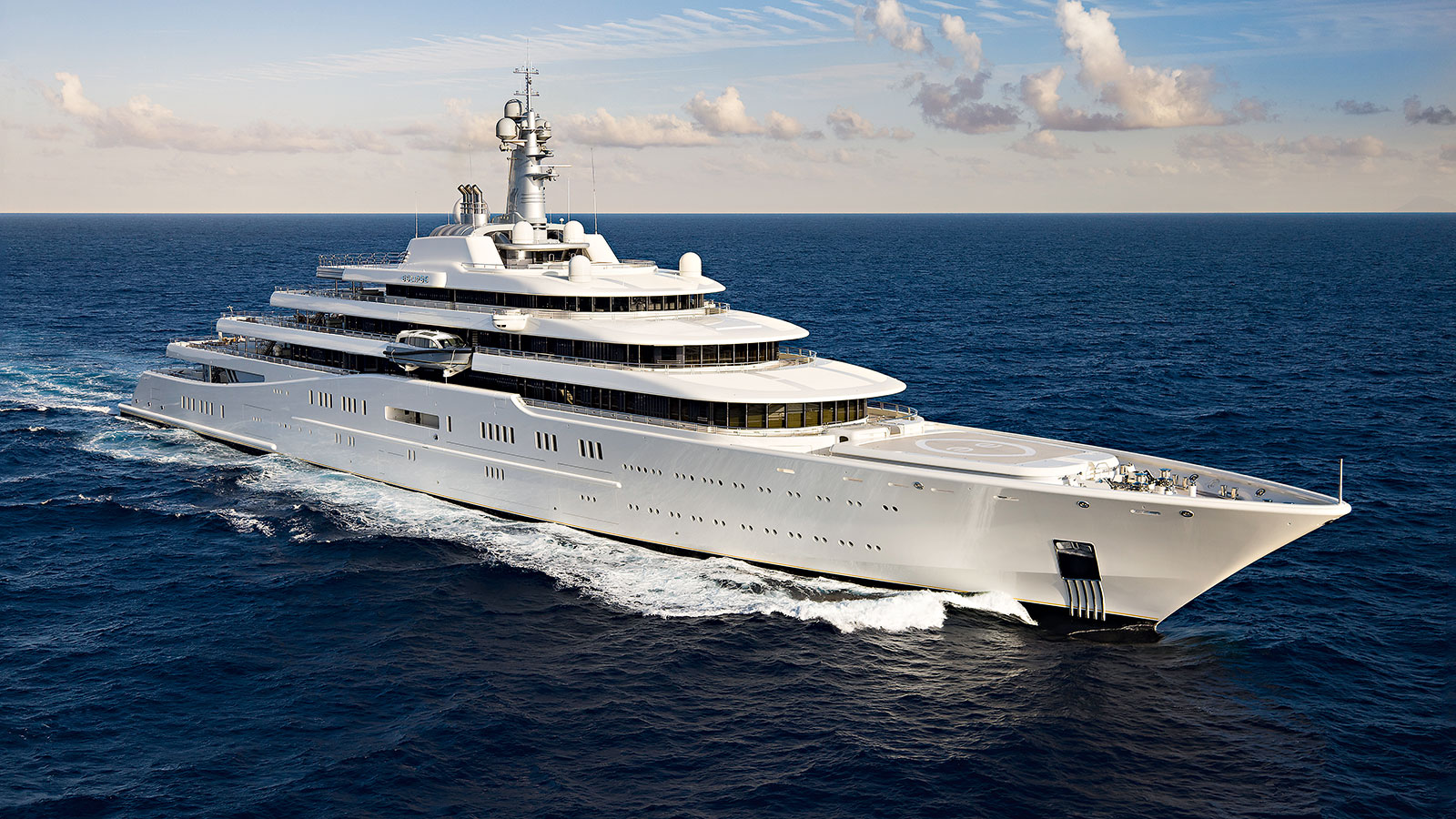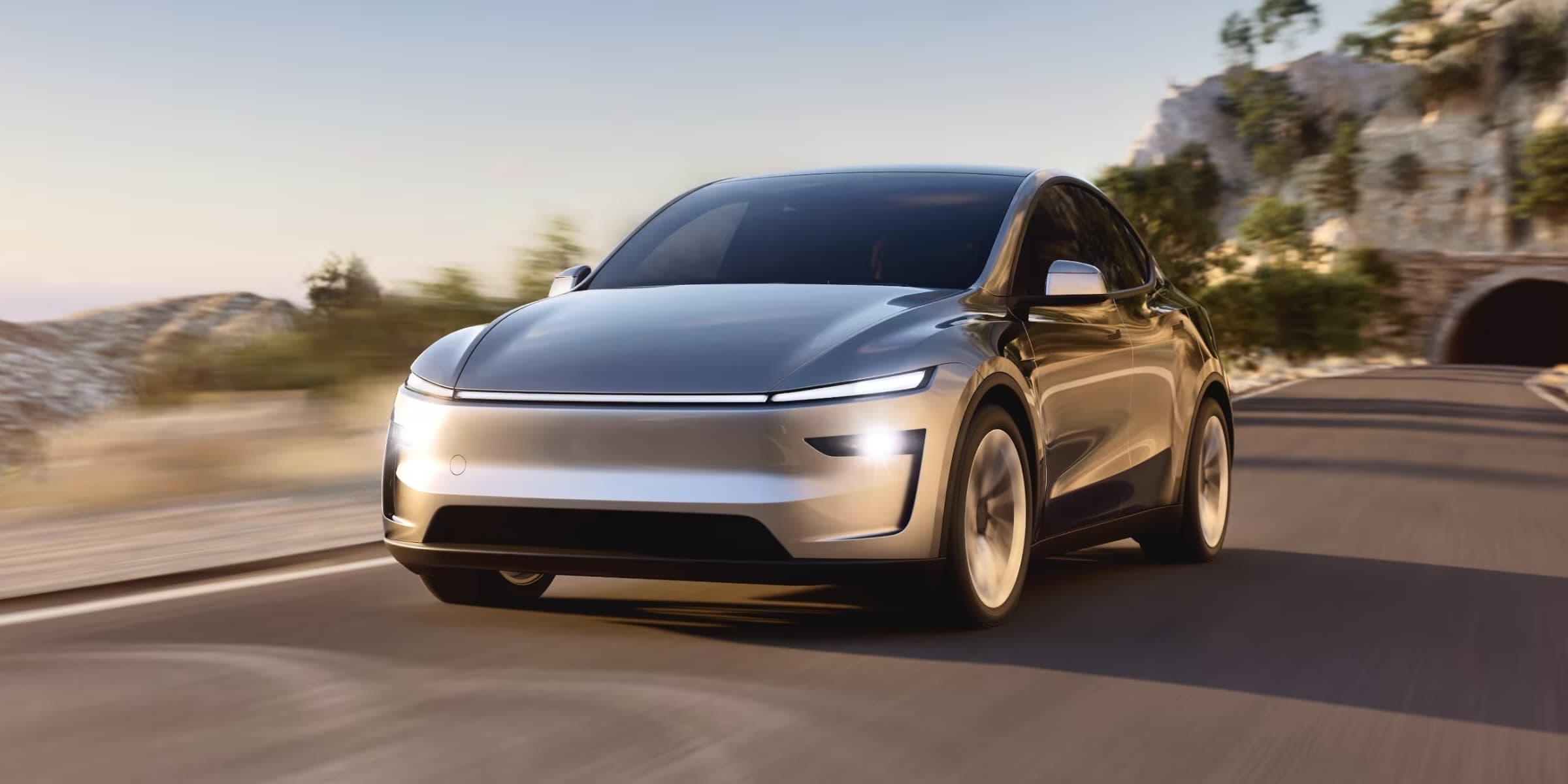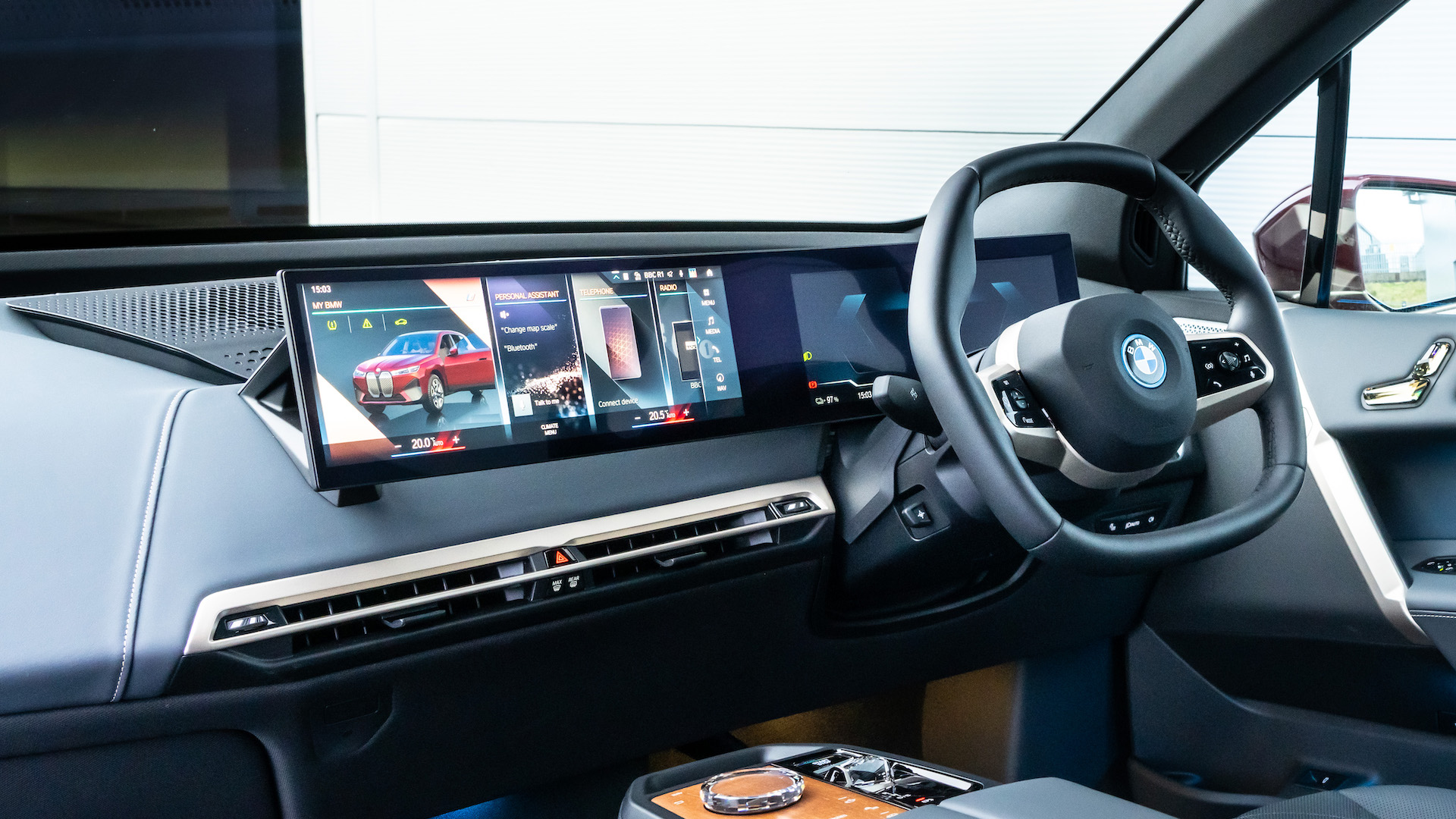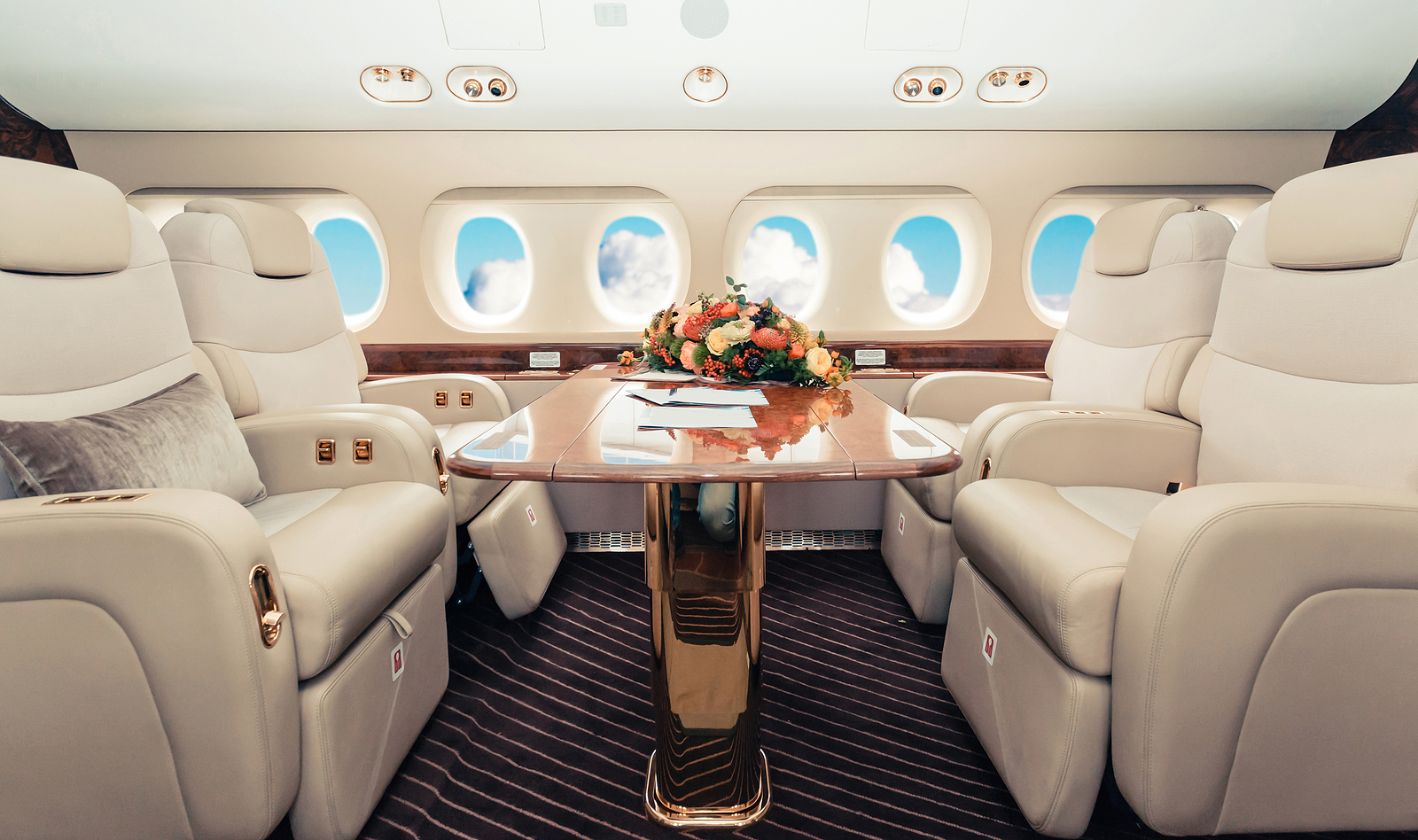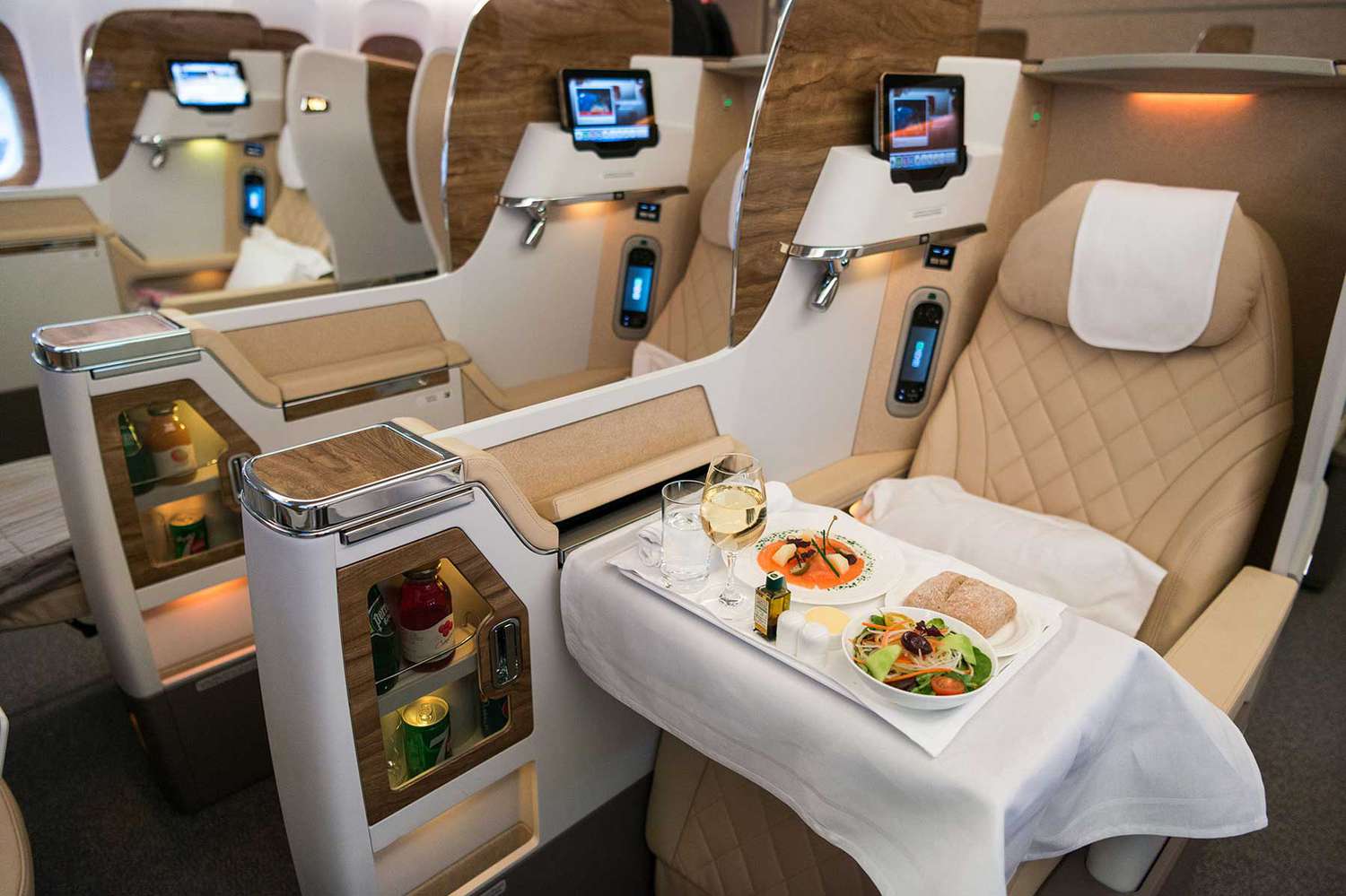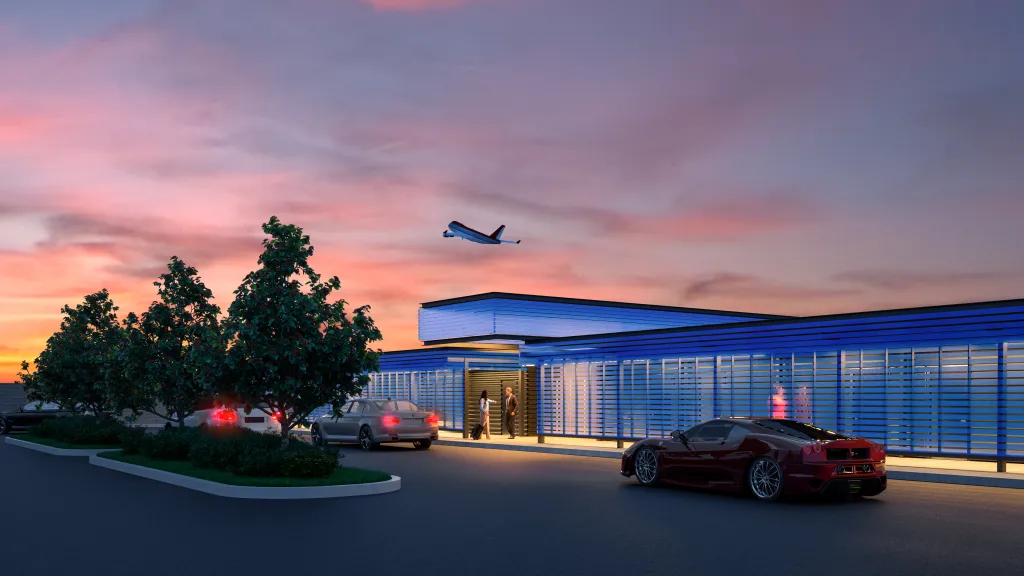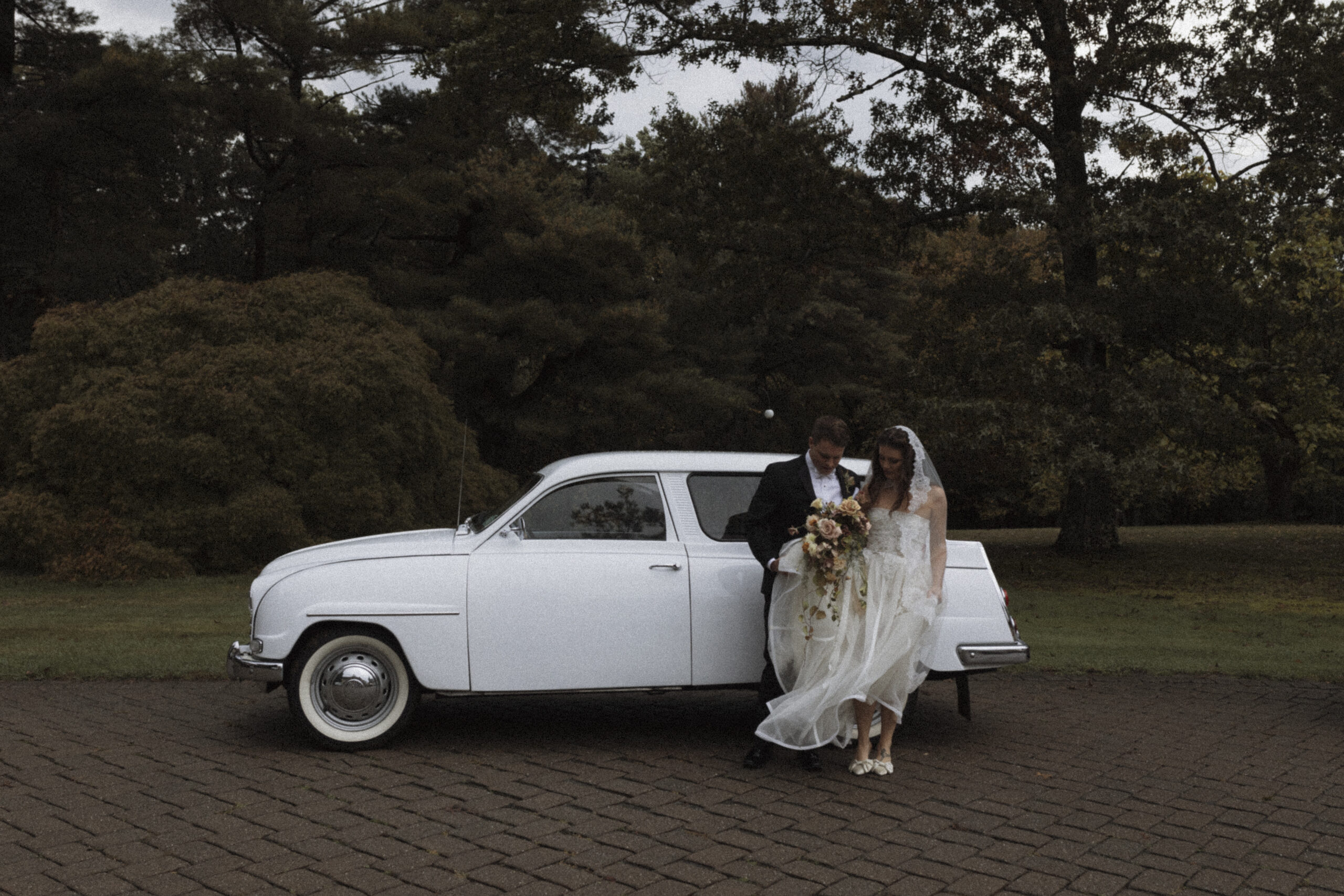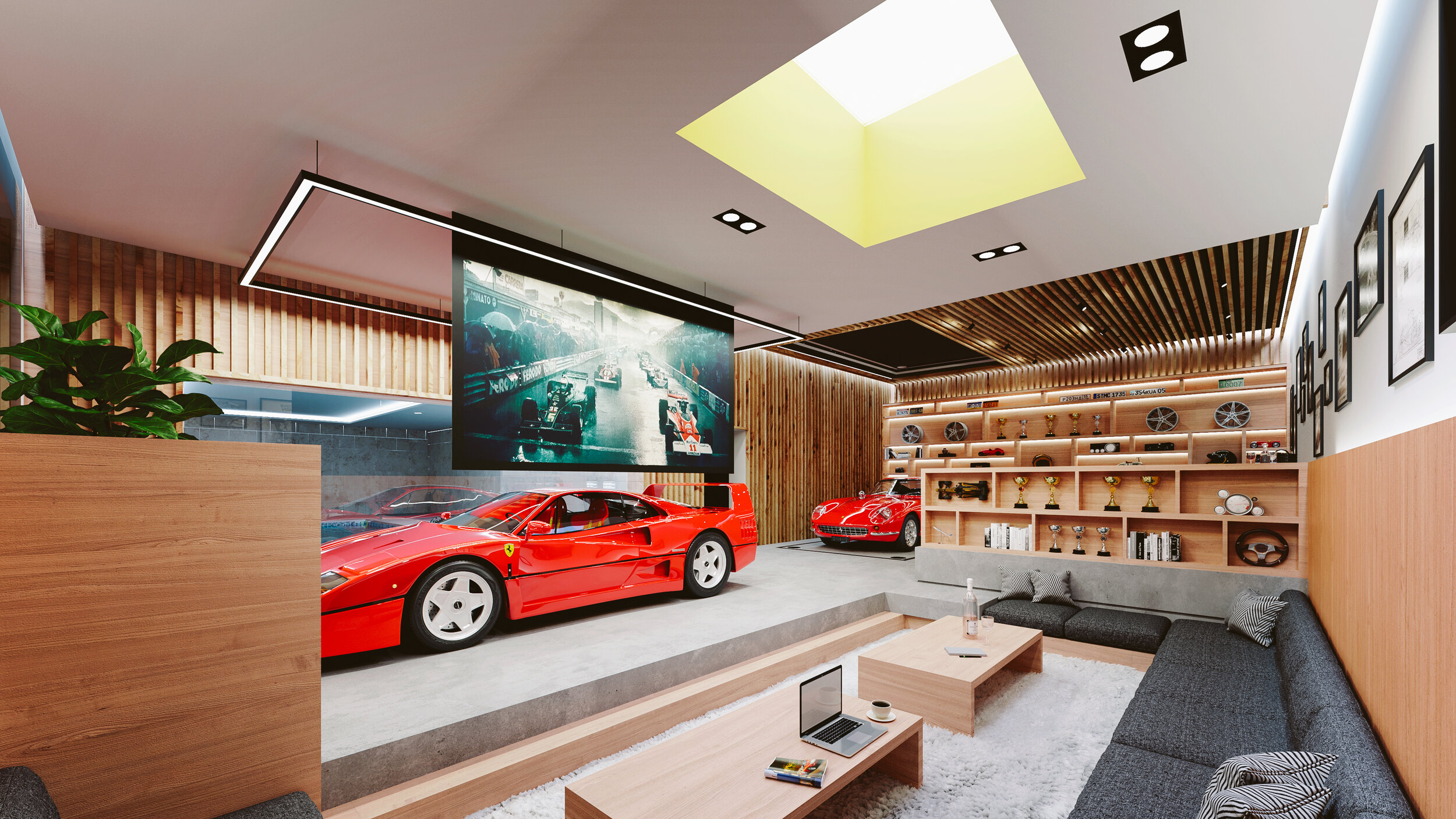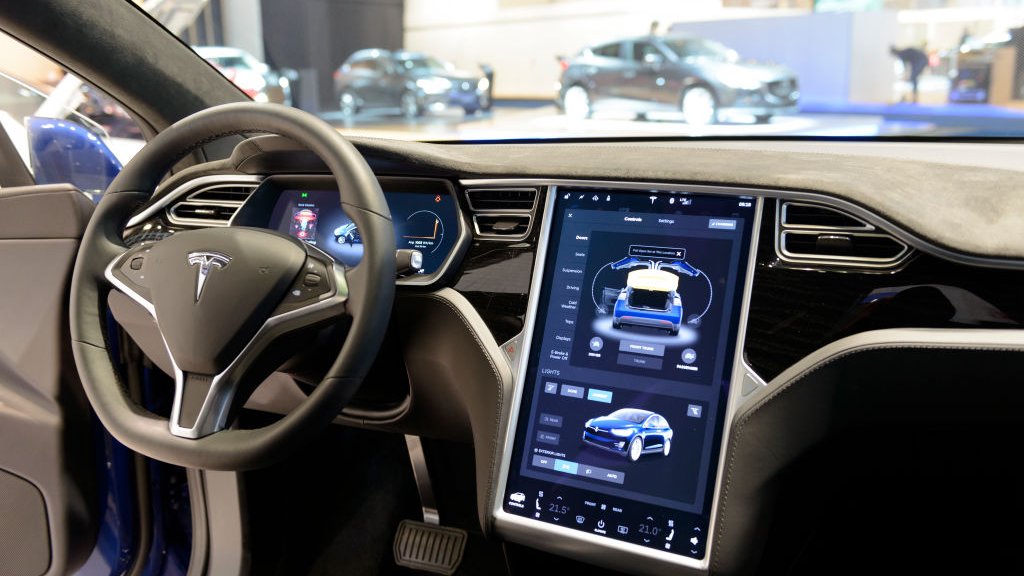
The promise of self-driving cars has long felt like vaporware: tantalizing, futuristic, and just out of reach. But in 2025, the conversation has changed. Tesla, Mercedes, and Waymo are pushing autonomy into the mainstream, and the average commuter may finally find themselves less pilot and more passenger. Still, autonomy isn’t about giving up control—it’s about elevating the experience.
Level 2 and 3 autonomy, which now appears in a growing number of luxury vehicles, blends artificial intelligence with human oversight. Mercedes’ Drive Pilot, for instance, allows the driver to legally watch a movie while cruising on pre-mapped highways in Germany. Meanwhile, Cadillac’s Super Cruise can change lanes and maintain safe distances without a finger on the wheel. It’s hands-off, eyes-on driving with a side of futuristic flair.
There are, of course, skeptics—and for good reason. The road to full autonomy is littered with ethical dilemmas, hardware failures, and regulatory headaches. But even the partial systems are improving dramatically, thanks to LiDAR, computer vision, and cloud-based updates. The result? A driving experience that blends safety with sci-fi.
Luxury is increasingly defined by time and ease, and autonomous tech delivers both. In a world where convenience trumps control, letting go of the wheel might just be the most luxurious thing a driver can do. After all, when was the last time your S-Class let you take a nap in traffic?
With each update and iteration, self-driving cars are no longer a tech fantasy. They’re becoming a lifestyle choice.












